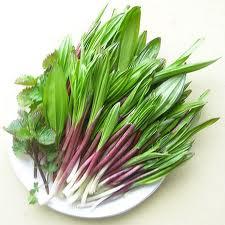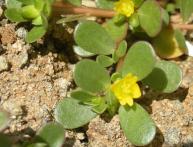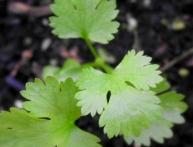Benefits of wild garlic

Ramson is a perennial plant from the onion family. Ramson is a unique spicy-aromatic plant. Another name for wild garlic is wild onion, bear onion or levurda. Ramson grows wild and resembles a lily of the valley. This plant tastes similar to garlic.
The benefits of wild garlic lie in the vitamins and nutrients included in its composition. These are carotene, vitamin C, phytoncides, essential oil, lysozyme. The benefits of wild garlic are realized in reducing blood cholesterol levels, improving digestion, and stimulating heart function. Ramson quickly allows you to get rid of spring fatigue, feelings of drowsiness, intestinal disorders, and high blood pressure. Wild garlic can cleanse the blood.
But wild garlic should not be overused, since in large doses it can cause an exacerbation of ulcers, headaches, insomnia, and diarrhea may appear. The amount of wild garlic per day should not exceed 15 or 20 large leaves.
Ramson appears in early spring. It is used in cooking; wild garlic has a garlicky taste. Wild garlic leaves are more popular and are best consumed raw as part of snacks and salads. Ramson can also be used in preparing soups and main courses. Wild garlic is a great addition to sauces; it goes well with sour cream and cottage cheese. Ramsons are frozen or canned in various variations - pickled, salted, fermented. Fresh wild garlic can be stored for up to 4 days.
Wild garlic is excellent for restoring the body after winter, as it is an early green and contains vitamins and beneficial nutrients.








